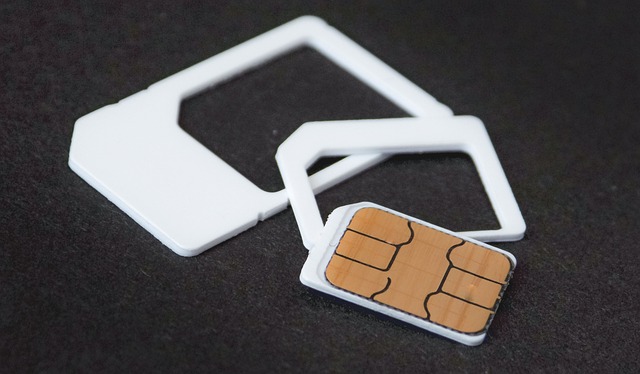The Silent Language of Emojis: A Sociological Perspective
Emojis have become our new digital dialect, influencing the way we express emotions, ideas, and even our identities. This article delves into the social implications of this fascinating shift in digital communication. Read below to understand how emojis mold our digital interactions and continue to shape our social landscape.
The Emergence of Digital Hieroglyphics
In the late 1990s, a Japanese artist, Shigetaka Kurita, created the first set of emojis, which quickly gained popularity. However, it was the integration of emojis into Apple’s iPhone in 2011 that catapulted them into global use. Today, these colorful symbols have become a universal language, transcending linguistic and cultural barriers. They have evolved from mere pictorial representations of emotions to a complex system of communication that reflects our social realities.
Emojis and the Digital Social Fabric
Emojis have undoubtedly influenced the way we interact digitally. Their widespread use has added a layer of emotional nuance to digital communication, reducing misunderstandings and enriching conversations. They allow us to express sentiments that might be challenging or awkward to articulate in words. In a way, emojis have humanized our digital interactions, making them more personal and emotive.
Emojis: A New Form of Identity Expression
As digital platforms become arenas for self-expression, emojis play a significant role in shaping online identities. From the skin tone modifiers to a wide range of emotive faces, these symbols offer users a way to project their personality, mood, and even social status. They have become a form of identity performance, subtly revealing aspects of users’ racial, gender, and cultural identities.
Societal Implications and Concerns
The increasing use of emojis has sparked a range of sociological discussions. On the one hand, they are celebrated as democratizing tools that foster inclusivity and global communication. On the other, concerns are raised about their potential to reinforce stereotypes and cultural biases, given their design and use are predominantly influenced by tech companies located in specific regions. It’s crucial to continue examining these issues as emojis become more ingrained in our social discourse.
Emojis: The Future of Digital Communication?
Emojis are more than just digital adornments; they are a reflection of our evolving social dynamics. As technology continues to influence our communication patterns, emojis’ role in expressing emotions, ideas, and identities will likely become more pronounced. Understanding the sociological implications of this trend can offer valuable insights into our digital society’s future trajectory.
Emojis are transforming the landscape of digital communication, and as we increasingly rely on these symbols to express ourselves, it’s essential to understand their social implications. As a universal language that transcends traditional linguistic and cultural barriers, emojis represent an exciting shift in human communication. However, with power comes responsibility, and it’s crucial to address concerns about potential cultural biases and stereotypes. The future of communication is undeniably digital, and emojis are leading the charge.





